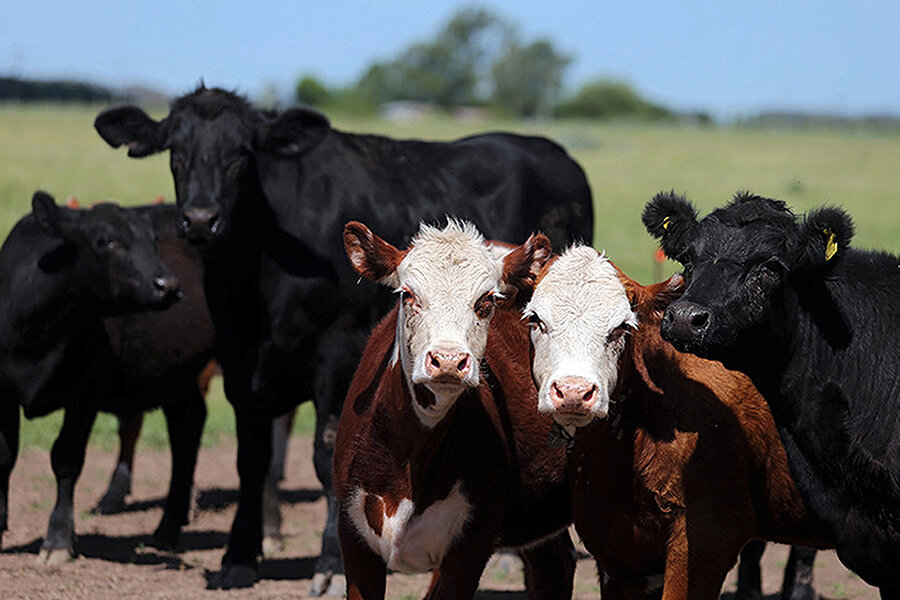Are US farmers secretly feeding red Skittles to their cattle?
Loading...
A sea of red Skittles blanketed a rural Wisconsin highway last week, leaving both officials and the candy’s manufacturer puzzled, until they determined that the candies were destined for a local farm.
An investigation began last Tuesday when the Dodge County Sheriff's Office discovered “hundreds of thousands” of red Skittles, which were missing the brand’s signature white ‘S,’ scattered across the road.
“While we don't know who did this, it is certainly clear that it may be difficult to ‘Taste the Rainbow’ in it's entirety with one color that likely fell off the truck!” the sheriff’s office wrote in a Facebook post.
But the plot thickened when officials learned that the Skittles were meant to serve as feed for cattle. The sheriff’s office later confirmed that the red candies had fallen off the back of a flatbed pickup truck after rain caused the cardboard box holding them to disintegrate.
While Mars Inc., the maker of Skittles, says it has a procedure of disposing of excess candies, a spokesman said that these candies came from a factory that does not turn its unsellable products into animal feed, and the company isn’t sure how they ended up enroute to a farm.
"We don't know how it ended up as it did and we are investigating," Mars said in a statement.
The company had planned to destroy the excess candies after a power outage at the factory prevented the candy maker from stamping the white ‘S’ on the candies.
The conclusion alarmed some, who commented on the sheriff’s posts with concerns about the nutritional value of the candies and its effect on beef. Some called the practice “gross,” while others noted that the sugar in candy isn’t a natural part of a cow’s diet.
But nutrition experts say that the practice has gone on for years, becoming more common in 2012 when corn prices surged and farmers needed to find affordable ways to feed livestock.
The practice also keeps the candies and other excess food waste from making its way to a landfill.
“(It) is a very good way for producers to reduce feed cost, and to provide less expensive food for consumers," said Ki Fanning, a livestock nutritionist with Great Plains Livestock Consulting, told CNNMoney during the shortage.
But the Wisconsin cows wouldn’t be dining on Skittles alone – farmers mix the discarded candies with other local and seasonal byproducts to create a specific nutritional profile. Leftover baked goods, for example, are often a popular choice, providing a cheap way to introduce carbohydrates into the cows’ diets.
"You might think, 'Oh my gosh, they might be eating a Skittle,' ” Josh Cribbs, a cattle nutritionist and director of commercial development for the American Maine-Anjou Association, which promotes a particular cattle breed, told the Associated Press. “In reality, that piece of candy is being broken down.”
This report contains material from the Associated Press.








